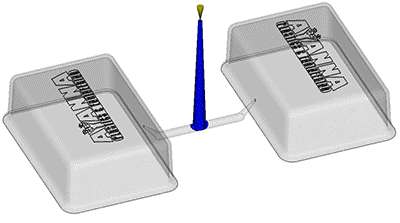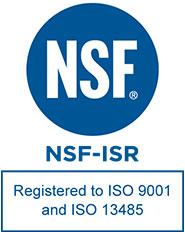Mold Design
Mold Design
With a solid part design that meets the desired objectives and allows for optimal manufacturing, the mold design begins. The mold specifics depend on things such as the type of resin used, the number of parts desired, the complexity of the part and length of time available to build the mold. Beginning with the mold classification, a design engineer develops the requirements for a mold build. This is a complex print that covers every detail of a mold. These details include the action that is needed (for example, if the part needs a hole), the location of the gate, parting line and ejector pins. These features are important to the design of the mold because they will affect how a part looks. You’ll want to understand these aspects before approving the design.

By using mold-flow simulation software, we can create a simulation of a part in a mold as the mold fills, packs and cools during the injection molding process. This means problems can be solved before the parts or mold are even produced. Not all customers or all molds require this step, but it’s available based on our recommendation or a customer’s request.
The final step in engineering is the design review meeting. During this meeting, an engineer will present:
- Part Design – highlighting any changes that were made to improve manufacturability.
- Mold Design – focusing on action, the location of the gate, parting line and ejector pins.
- Mold Flow Simulation – illustrating how the part will fill during injection molding, which will allow any potential challenges to be addressed before a mold is built.
Engineering is one of the most time-intensive parts of product development. However, if done correctly, engineering will greatly improve the success of a product launch.




